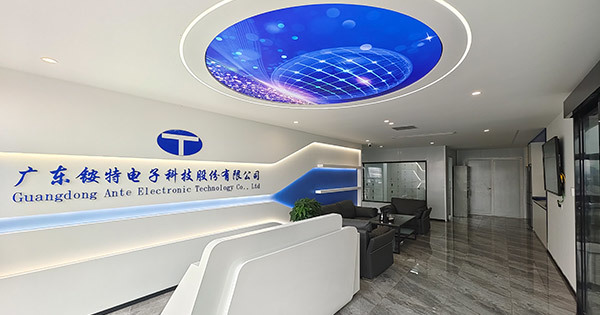Detailed study on future technology development trends of embedded motherboards
As the core component of embedded systems, the future technology development trend of embedded motherboards is affected by many factors. The following is an in-depth analysis of these trends:
Mar 05,2025
As the core component of embedded systems, the future technology development trend of embedded motherboards is affected by many factors. The following is an in-depth analysis of these trends:
Higher performance: Future embedded motherboards will pursue higher performance to meet the growing computing needs. This includes faster processors, larger memory and faster storage devices to support complex applications and multitasking.
Smaller design: With the popularity of the Internet of Things and embedded systems, the demand for small and compact embedded motherboards has increased. Future trends will include smaller and more space-saving designs suitable for a variety of compact devices and embedded systems.
Low power consumption and efficient energy: Energy efficiency will continue to be a key concern. Future embedded motherboards will adopt lower power processors and power management technologies to extend the battery life of devices and reduce energy consumption.
Support for emerging technologies: Embedded motherboards will need to support emerging technologies such as 5G communications, artificial intelligence (AI), machine learning, augmented reality (AR) and virtual reality (VR). These technologies require higher computing power and faster data transmission speeds.
Security and trustworthiness: As cyber threats continue to increase, embedded motherboards will need more powerful security features to protect the security of devices and data. Technologies such as hardware encryption, secure boot, and secure boot will become more important.
Multi-core processors: Future embedded motherboards may adopt multi-core processors to support multitasking and parallel computing. This will improve the performance and responsiveness of the system.
Integrated perception and connectivity: Embedded motherboards will increasingly integrate perception technologies such as sensors, cameras, and sound processors to support the perception and interaction of smart devices. In addition, stronger connectivity will enable devices to better communicate with other devices and cloud services.
Open source hardware and software: The use of open source hardware and software will continue to grow, providing greater flexibility and customization opportunities. This helps reduce development and deployment costs and promotes innovation.
Long-term support and maintainability: Future embedded motherboard suppliers will provide longer-term support and maintenance to meet the needs of long-life equipment in industries such as industry and medical care.
In-depth analysis of embedded motherboard limiting factors
Although the embedded motherboard market is full of potential, it is also constrained by some limiting factors. The following is an in-depth analysis of these factors:
Cost issues: The design and manufacturing costs of embedded motherboards are relatively high, which may be an obstacle for some small businesses or projects, especially with limited budgets. Cost issues include hardware, software development, testing, and certification.
Technical complexity: The design and development of embedded systems requires a high degree of technical expertise, including skills in both hardware and software. This can be daunting for some organizations because they may not have the necessary technical capabilities or resources.
Lifecycle management: Many embedded applications require long-term support and maintenance, but the rapid development of hardware and software technology may lead to obsolescence of embedded motherboards. Therefore, lifecycle management becomes a challenge and long-term support and maintenance needs to be provided.
Compatibility issues: Embedded motherboards often need to be integrated with other hardware and software components, so compatibility issues may cause trouble. Ensuring that different components can work together may require additional development work.
Security and privacy issues: With the increase in cyber threats, embedded motherboards require strong security features to prevent potential attacks and data leaks. This may increase the complexity and cost of design and development.
Regulations and compliance: Some countries and regions have established regulations and compliance requirements for the use of embedded systems and embedded motherboards. This may require additional time and resources to ensure that the product complies with regulations.
Intense competition: The embedded motherboard market is highly competitive, with many suppliers competing for market share. This can lead to price wars and profit pressure, especially in large-scale procurement projects.
Supply chain issues: Global supply chain issues, such as raw material shortages, shipping delays, and manufacturing disruptions, may affect the supply and delivery of embedded motherboards, bringing uncertainty to the market.
Analysis of major global embedded motherboard players
According to DIResaerch research statistics, major global embedded motherboard players include Advantech, Kontron, Abaco, Artesyn Embedded, Curtiss Wright Controls, Abaco Systems, DFI, MSC Technologies, Congatec AG, Axiom Technology, Radisys, Avalue Technology, Mercury Systems, IEI, Data Modul, AAEON Technology, Digi International, Fastwel, Eastking Industrial, NEXCOM, Xinyi Technology, Fujitsu, EVOC Intelligent Technology, BittWare, Eurotech, One Stop Systems, MiTAC, General Micro Sys, Premio Inc., Trenton Systems, B-PLUS GMBH, BCM, and Corvalent, etc. The top four global manufacturers account for approximately 15% of the market share.












